
ENVIRONMENT
01-05-2022 by Leni Frau

He was one of Amboseli's most imposing, hieratic elephants.
Tolstoy, so named a few years after his birth, on the Kenyan slopes of Kilimanjaro in Amboseli National Park, died at the age of 51 years (still not old for the life of large African pachyderms) in recent days where he grew up and lived.
Thousands of tourists over the last thirty years have been enchanted to admire and photograph him, because of his size and his wonderful tusks. His name, with that "y" as a variable between war and peace, has been one of the symbols of the finest Savannah literature.
The Sheldrick Wildlife Trust, which cares for all these Kenyan specimens, remembers him on its social profiles as follows: "Tolstoy was a living natural wonder and one of the last great "tuskers" left in Africa. He passed through episodes of ivory poaching and devastating droughts, shrinking habitats and the encroaching human footprint unscathed. He was a leviathan, a reminder of all that nature is capable of creating, but in the end, it was the simple point of a spear that threatened his life," says Sheldrick. "Six weeks ago, Tolstoy was reported with a spear wound to his front leg, which was likely inflicted by a farmer protecting his crops. Large elephants have relative appetites, and as wild spaces continue to shrink and resources become scarce, crop protection and the resulting human-wildlife problem have emerged as challenging issues."
Tolstoy received proper care immediately and was subsequently monitored constantly by rangers, but on April 27 he was found lying without strength inside the Kimana sanctuary.
Complications from his injury had compromised his health and he was unable to get back on his feet. So the Sheldrick Veterinary Unit was alerted and arrived by helicopter and for seven hours they tried to treat him and get him back on his feet. They tried with ropes, vehicles and eventually a crane.
"Realizing he was being helped, he struggled along with his rescue team to make it through," SWT explains, "He came very close, but after each struggle you could see his strength fade. We were forced to face the sad reality that this majestic animal would never cross the plains of Amboseli again. In the fading light of day, Tolstoy breathed his last. Tolstoy led a memorable life, but he was gone before his time."
Although this splendid specimen of "big tusker" is gone, the hope of seeing many more treading the savannahs of Kenya is still alive. His many offspring will be the specimens to fall in love with for life on future safaris. Tolstoy's legacy and memory will live on for a long time to come, in spite of man's inability and unwillingness to live with respect for the environment and wildlife.
(Photo by Paolo Torchio courtesy of the author)
WILDLIFE
by redazione
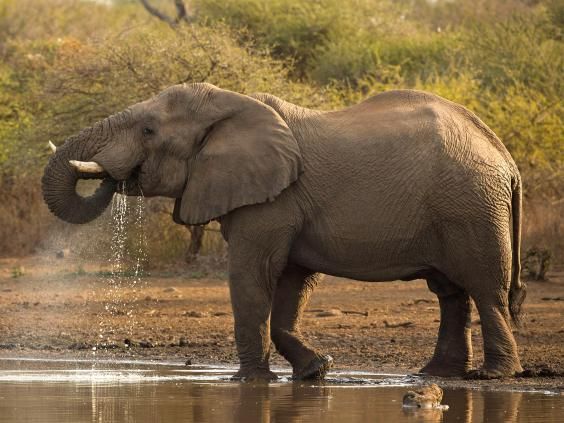
Fighting against poaching and the international ivory ban are yielding their fruits: in three years the number of elephants in Kenya has increased almost 15 percent (14.7 for precision).
The announcement was made by the Kenya Wildlife Service, thanks to the...

No tourists, more time and privacy to "have sex," but that's not all.
This...
NATIONAL PARKS
by Leni Frau
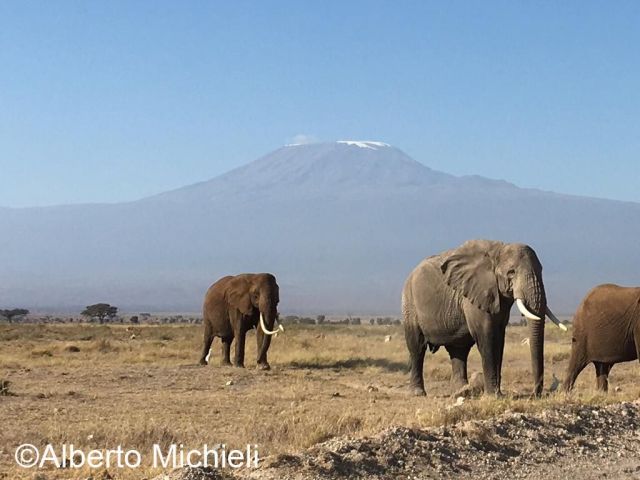
Amboseli National Park is one of Kenya's most popular parks and we can say that one of the ...
RESERVES
by Leni Frau
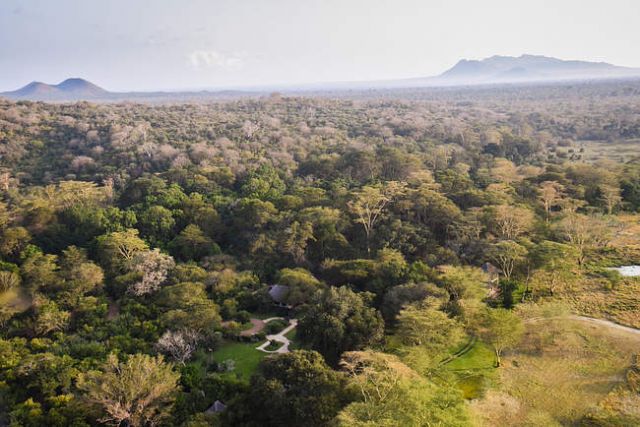
The Kibwezi Forest Reserve, established in 1936, is one of Kenya's last rainforests...
TRAVELS
by Leni Frau
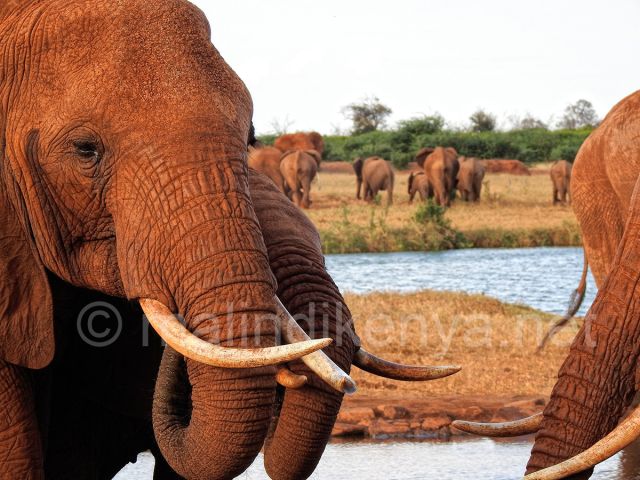
Tsavo National Park has been listed by the prestigious US newspaper New York Times as one of the...
SAVANNAH
by Leni Frau

One of Kenya's largest and most famous elephants, known as Tim, died yesterday at the age...
NEWS
by Leni Frau
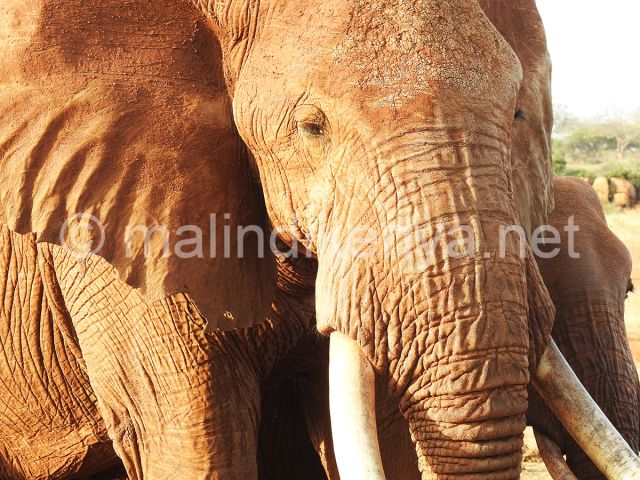
May the land of the savannah be mild to the oldest elephant in Tsavo East who left his homeland to join, as...
ENVIRONMENT
by Freddie del Curatolo
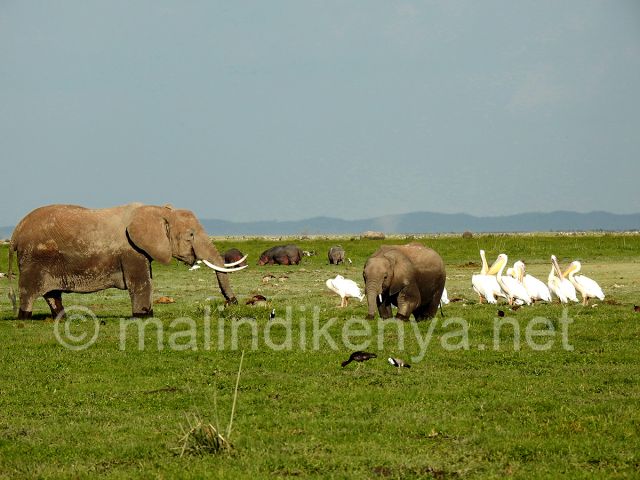
Called "the safari lounge," Amboseli National Park is famous not only for giving the view of Kilimanjaro from...
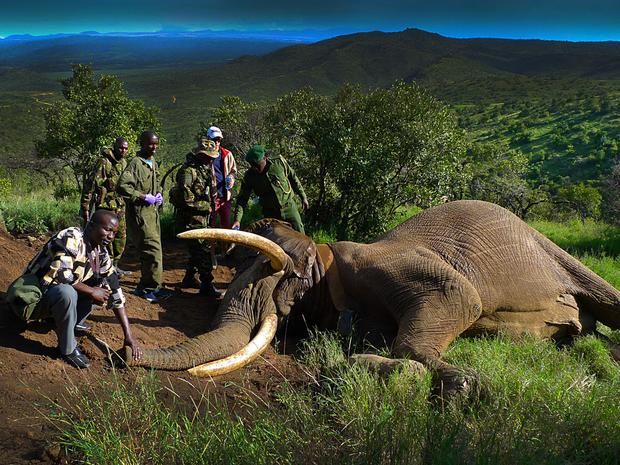
Poaching episodes in the national reserves of East and West Tsavo in the first six months of the year decreased by 96% thanks to...